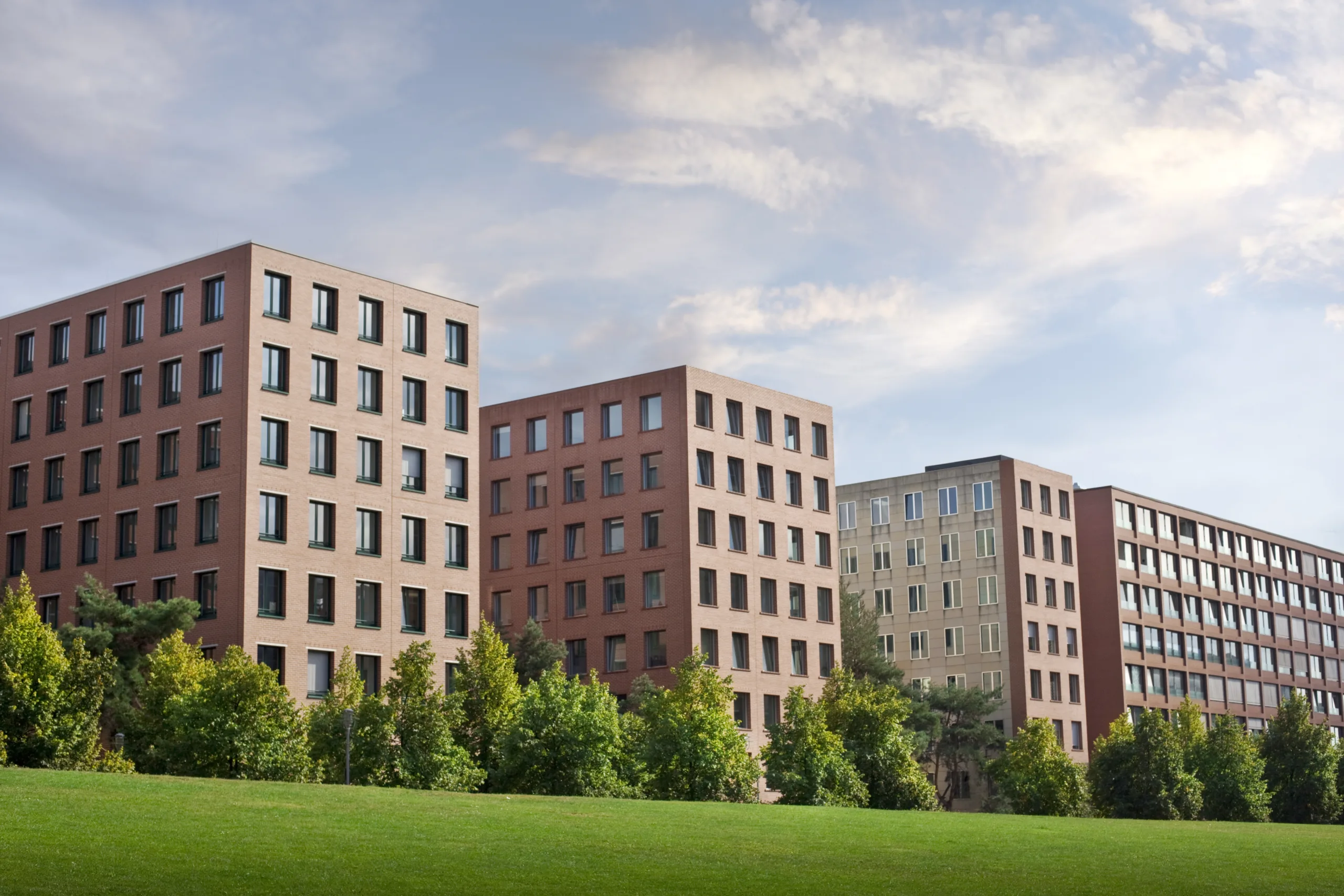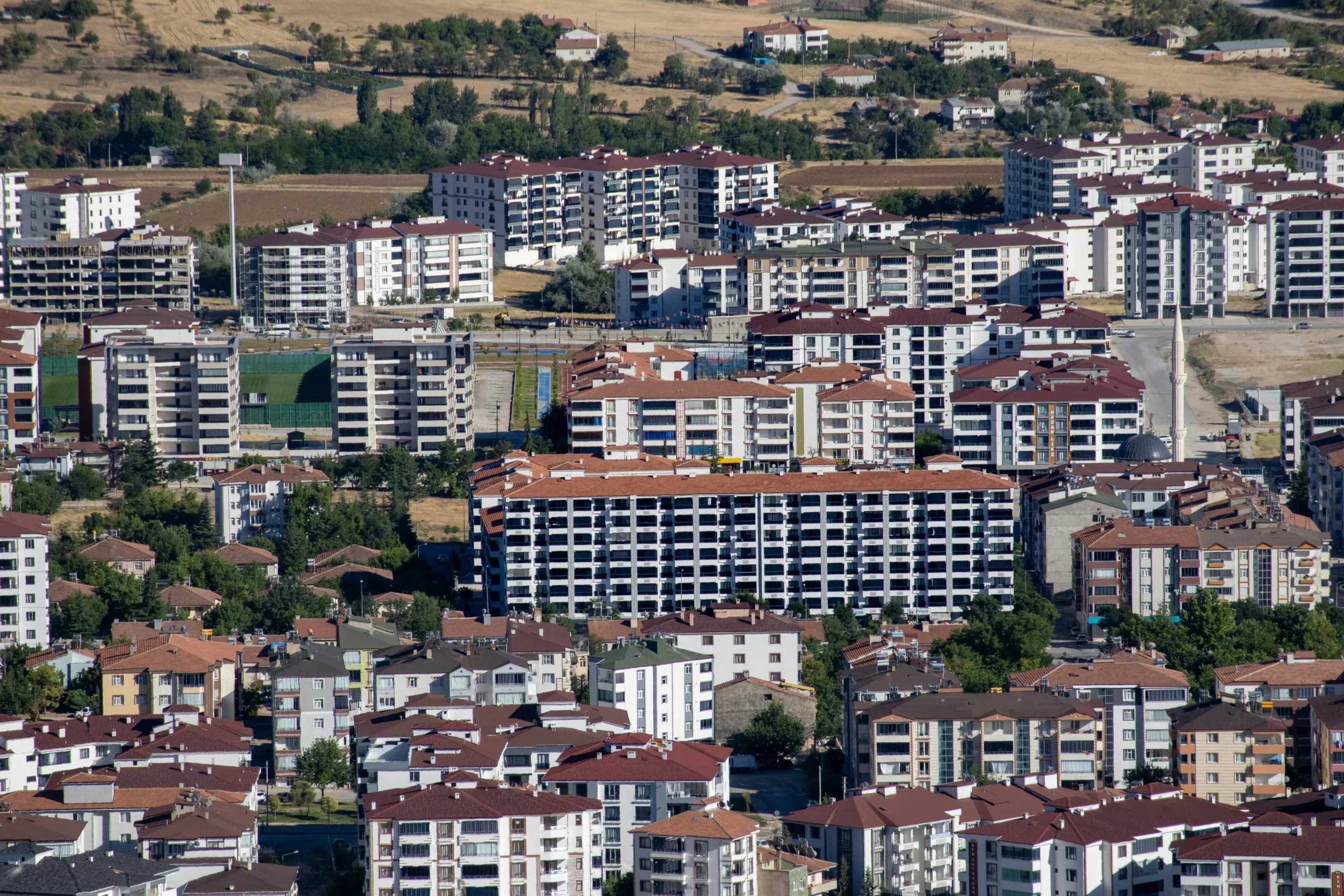- The Los Angeles City Council voted to limit rent hikes on rent-stabilized units to 4% per year, impacting 624,000 apartments built before 1978.
- The vote marks the first major update to the city’s Rent Stabilization Ordinance (RSO) in decades, aiming to ease the financial burden on renters.
- Supporters call it a necessary step to reduce displacement, while critics warn it could hurt small landlords and discourage new housing development.
City Moves to Rein in Rent Hikes
The Commercial Observer reports that on Wednesday, the Los Angeles City Council voted 12-2 to cap annual rent increases for rent-stabilized apartments at 4%, or 90% of the local Consumer Price Index (CPI), whichever is lower. The new rules also set a 1% minimum increase. These units fall under the city’s Rent Stabilization Ordinance and include buildings completed before October 1, 1978.
Councilmember Nithya Raman, who sponsored the change, said the update addresses growing economic pressures. “People are choosing not to bet on L.A. anymore,” she warned during the hearing. “That’s what keeps me up at night—our affordability crisis is driving people out.”
Renters Struggle Across the City
Over half of L.A. residents rent their homes, and most of them spend more than 30% of their income on housing. That means they’re officially rent-burdened. The new rent cap aims to protect these residents from steep annual increases that could force them to leave the city.
Under the previous rules, landlords could raise rents by up to 8%—based on CPI changes and whether they covered utilities. Under the updated cap, most landlords will only be able to raise rents by 3% or 5% if they pay for gas and electricity.
Get Smarter about what matters in CRE
Stay ahead of trends in commercial real estate with CRE Daily – the free newsletter delivering everything you need to start your day in just 5-minutes
Mixed Reactions from Stakeholders
Tenant advocates praised the vote. Larry Gross, executive director of the Coalition for Economic Survival, said the council provided much-needed relief. “It’s a step in the right direction,” he said. “It could have been stronger, but it’s still progress.”
But not everyone agrees. Landlord groups and some councilmembers argue the cap will backfire. Councilmember John Lee, who voted against the measure, said it will drive away housing investment. “We’re making it easier for corporate owners to take over,” he warned. “Developers see that the council can change the rules with a stroke of a pen.”.
Small Landlords Feel the Pressure
Daniel Yukelson, CEO of the Apartment Association of Greater L.A., voiced concern for independent landlords. He said many still struggle with rent freezes from the pandemic and recent wildfires. “They won’t have the flexibility to cover rising costs or emergencies,” he said. “Many won’t survive the next five years. We’ll lose these units to corporate redevelopment.”
What Comes Next
The council’s vote marks the most significant change to L.A.’s rent control policy in decades. City officials may revisit the ordinance again as they continue addressing housing affordability and tenant protections.
But the debate is far from over. While renters gain stability, concerns about housing supply, small landlords, and long-term investment in the city remain top of mind for many in the industry.

















